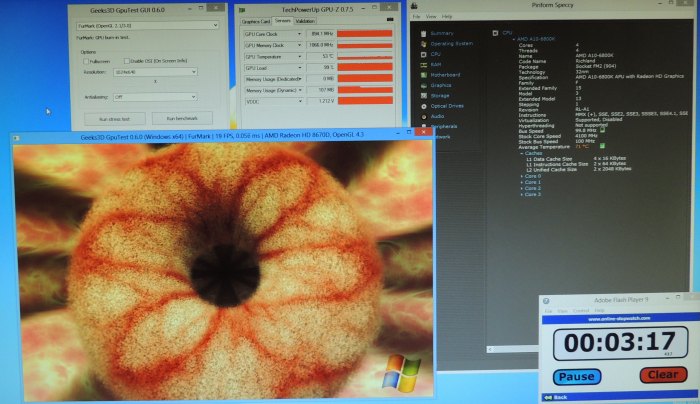
Window ): def _init_ ( self ): # Call parent constructor # Ask for OpenGL 4.3 context, as we need that for compute shader support. """ Compute shader with buffers """ import random from array import array import arcade from arcade.gl import BufferDescription # Window dimensions WINDOW_WIDTH = 2300 WINDOW_HEIGHT = 1300 # Size of performance graphs GRAPH_WIDTH = 200 GRAPH_HEIGHT = 120 GRAPH_MARGIN = 5 class MyWindow ( arcade.
#Compute shader example opengl 4.3 code#
Read through the code here, I’ve tried hard to explain all the parts in the comments. #version 330 layout ( points ) in layout ( triangle_strip, max_vertices = 4 ) out // Use arcade's global projection UBO uniform Projection Variable from the group of floats used to store position. The vertex shader doesn’t do much more than separate out the radius Has the x, y, z and radius of each star stored in in_vertex. The Python program creates a shader storage buffer object (SSBO) of There are multiple visualization shaders, which operate in this order: The compute shader, which moves everything. The visualization shaders, which let us see the data. The Python code, this glues everything together. There are three major parts to this program: On high-end hardware it can still run at 60 fps! The video has 65,000 stars, requiring 4.2 billion gravity force calculations per frame. For 1,000 stars, this means we haveġ,000 x 1,000 = 1,000,000 million calculations to perform for each frame.



Star is effected by each other star’s gravity. In this example, we will simulate a star field using an ‘N-Body simulation’. Of times faster than just by using the CPU. Using the compute shader, you can use the GPU to perform calculations thousands


 0 kommentar(er)
0 kommentar(er)
